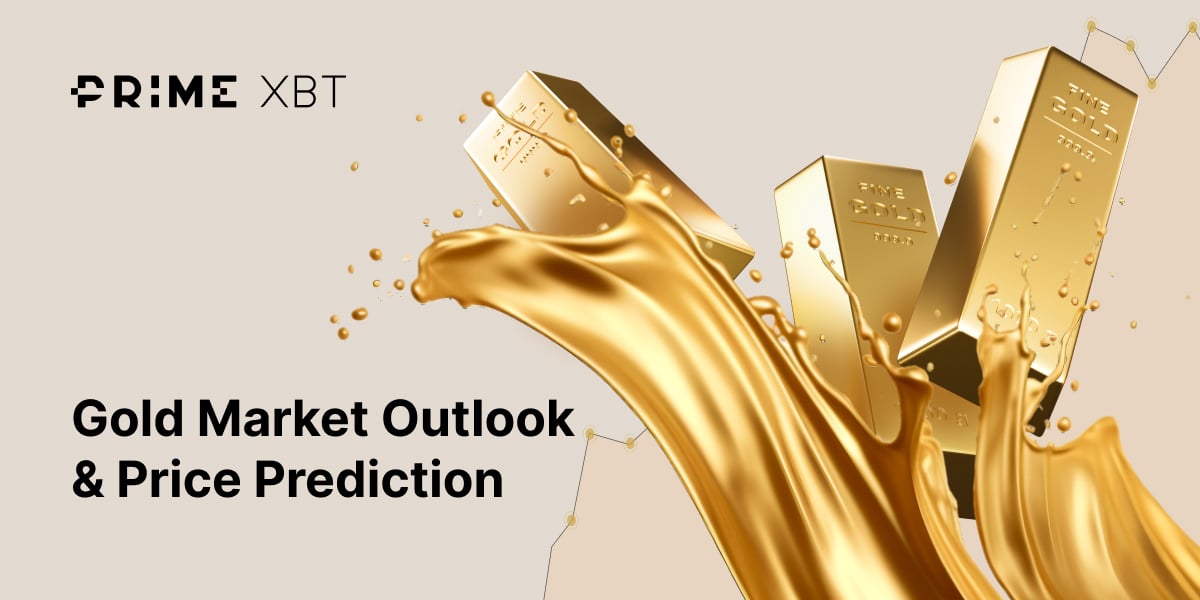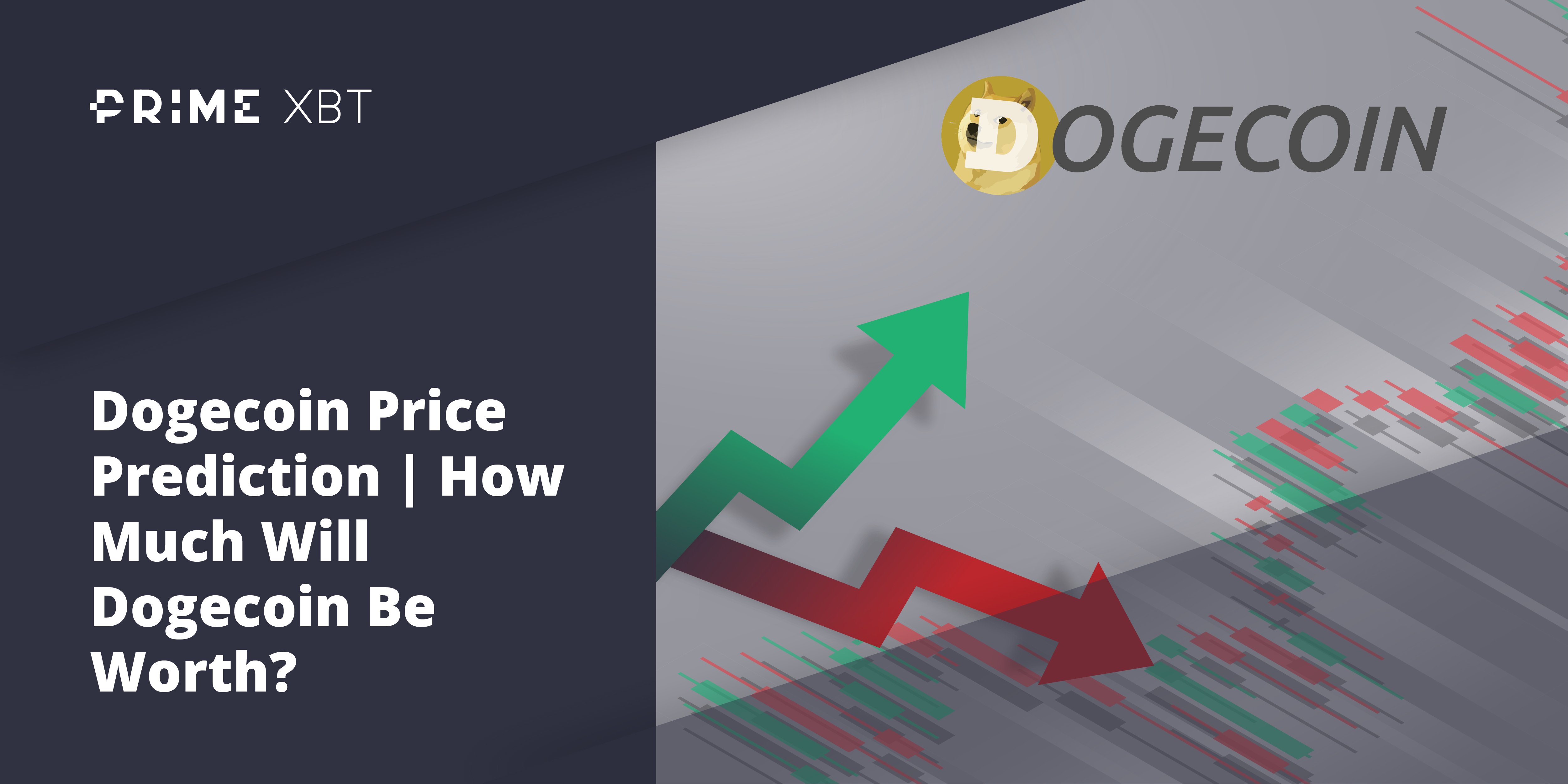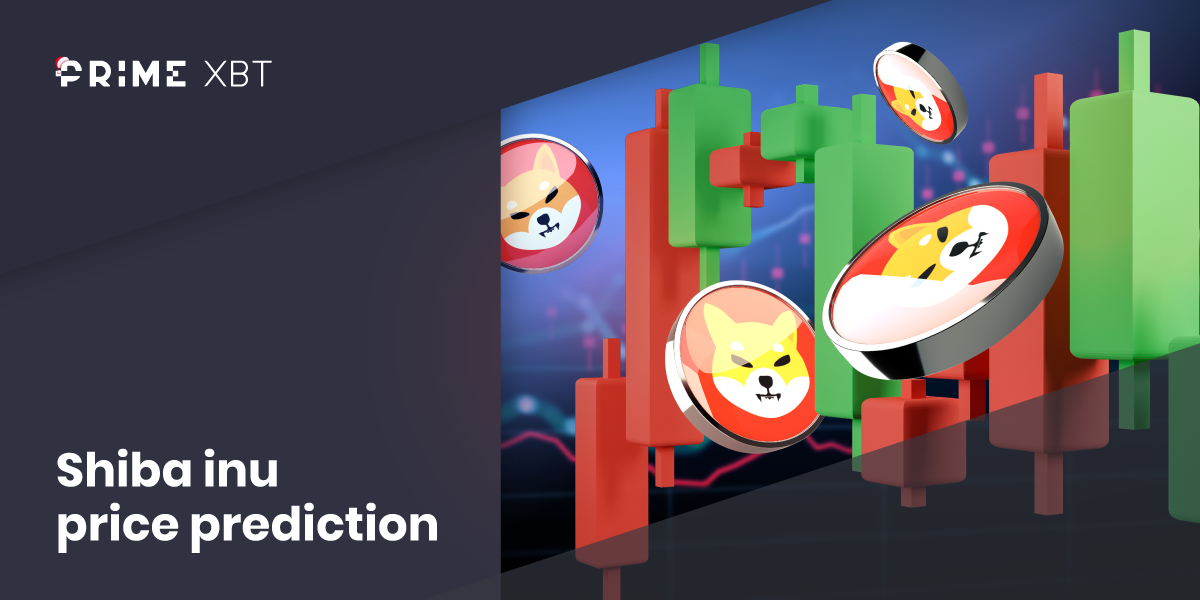In this guide, we will look at how to create NFT art. NFT art has taken the crypto world by storm over the last couple of years and allows holders to claim ownership of a specific “thing” on the blockchain. Art is the first place we have seen the NFT explosion occur, but going forward, NFTs will likely serve other more important aspects of ownership.
What is an NFT?
NFT stands for “non-fungible token.” This is a unique token on a blockchain that cannot be replaced with something else. For example, Bitcoin is fungible, meaning that one Bitcoin is interchangeable with another. For that matter, any form of money becomes fungible; otherwise, it serves no purpose. This is true whether it be crypto or national currencies.
One of the most common non-fungible examples used to explain NFT’s would be art or a baseball card. For example, if you were to trade for a 2021 Vladimir Guerrero Jr. baseball card, the only thing with exact equal value would be another one in the same condition. In that sense, you can also think of classic artwork like the Mona Lisa. You cannot trade one Mona Lisa for another. You need to use something else to obtain it, more likely than not, currency. In other words, these are unique objects and therefore aren’t interchangeable. This is the same thing in the cryptocurrency world, as an NFT is unique and not something that’s easily traded back and forth for another identical object.
What Exactly is Crypto Art?
Although in its early adoption, the most common use of an NFT is for crypto art. Blockchain technology creates conditions that now allow an artist to earn large amounts of money from digital work, thereby improving ownership. This has attracted many creative people who could never have such ease and accessibility to the marketplace.
In its first few years, there have been rather sensational auctions of NFTs linked to digital art, attracting quite a bit of attention. In 2022, digital artist Pak sold the most expensive NFT for $91.8 million for a piece called “Merge.” Another major auction was by NFT pioneer Mike Winklemann, also known as “Beeple.” “Everydays: The First 5000 Days NFT Collection” sold for 69.3 million the previous year.
There have even been NFT auctions at major auction houses such as Sotheby’s and Christie’s, showing that wider spread adoption is undoubtedly coming. That being said, most of the art produced on NFT marketplaces is done by amateur artists who make an NFT and try to sell it online.
What Are the Advantages of Creating an NFT?
While the idea of an NFT is relatively new, there are already some distinct advantages to creating them. While this list won’t be exhaustive, it should also be noted that there will probably be more use case scenarios as time passes.
- Marketplace efficiency: Perhaps the most significant advantage of the NFT is that it has the potential to make markets more efficient. Converting a physical asset into a digital one can streamline the process, limit intermediaries, and enhance supply chains. In other words, you can sell directly to a customer.
- Fractionalized ownership: With the NFT, fractionalized ownership is possible. This is true with even “real-world assets,” as an NFT can be converted into a deed for a house, a contract agreement, or used as an ownership document for other objects.
- Blockchain technology: Blockchain technology has proven itself to be very safe, which in and of itself makes the idea of an NFT assay.
- Diversification: Diversification is also a benefit of the NFT market, as it allows investors to hold onto nontraditional assets without worrying about taking physical custody.
What Are the Disadvantages of Creating an NFT?
While the non-fungible token is an exciting part of crypto, the reality is that there are still some things to think about before creating one.
- Illiquid and volatile: NFTs are relatively new, and the marketplace is not very liquid. They are also not very well understood by most of the public, so the number of potential buyers and sellers is still relatively small.
- NFTs do not generate income: As an investment, the NFT does not generate income like a dividend-paying stock, interest-bearing bonds, and rent-generating real estate. In other words, gains are only realized if the price appreciates.
- NFTs can be used to perpetrate fraud: Blockchain integrity is unquestionable, but NFTs can be used to commit fraud. Several artists have recently reported that some of their work is for sale as an NFT on online marketplaces without their consent.
Why Are NFTs So Expensive?
This is a part of NFT collecting and investing that can cause headaches. Many economists believe that the NFT craze has hit the bubble phase. In fact, in the first half of 2022, several of them plunged in value. There have been stories of people buying an NFT for a couple of million dollars, only to find that they are worthless later. (A famous example is the NFT of the first Tweet by Jack Dorsey.)
The question isn’t about the art right now but what the NFT market looks like later. After all, the NFT allows for absolute ownership, but it does not necessarily have to be just art. It can be songs; it can be a deed to a house; it can be ownership of the company, and so on. People will likely look back at the art phase of the NFT markets and think of it as the Model T. Yes, it was a revolutionary automobile when it came out in the first few years of the 20th century. Still, it was very primitive in its application.
Is Coding Necessary for Making NFTs?
It is straightforward to create an NFT from digital artwork without coding. The process is called “minting.” It’s the act of publishing a unique instance of the token on the blockchain. NFTs are minted once created, which can be thought of as how coins are made in a mint, and then sent into real-world circulation.
After doing so, the piece of digital art becomes secure and tamperproof, as well as very difficult to manipulate. As the item becomes an NFT, it can now be bought, sold, and digitally tracked when it is resold or re-collected. It leaves a “trail of custody.”
Minting NFTs is a novel way to monetize work for artists. Artists can program a royalty clause upon minting an NFT so that secondary sales of their works will generate passive income for them on most NFT marketplaces. If demand for the artwork increases and becomes more popular, prices should rise in value over time. This allows the artist to benefit from price appreciation.
While you can code an NFT yourself, you need to understand the programming language used for Ethereum, known as “Solidity.” There are a few other languages that you may wish to know, such as JavaScript. However, most NFT marketplaces have automated the entire process for you.
How Much Does It Cost to Create an NFT?
Each NFT marketplace will vary widely. In mid-2022, most marketplaces charge a fee for first-time creators to initialize their account. The initialization fee can be anywhere from $70-$300. The second fee will run from $10-30.
Furthermore, NFT marketplaces will charge a percentage of sales. OpenSea, one of the biggest in the world, charges 2.5% for first-time sales of your minted NFT. One of the biggest complaints about working in the NFT marketplaces would be the high gas fees that Ethereum tends to be subject to. Gas fees are the cost of making a transaction on the blockchain. As Ethereum starts to work with its upgrade process known as “the Merge,” these gas fees should begin to drop.
How To Create NFT Art – Converting Digital Art Into NFT Token
Anyone can create an NFT token in just a few steps. “Minting an NFT” is done in the following manner:
Choose the Art to “Mint”
An NFT can be made out of anything. Songs, paintings, videos, or other digital art can easily be converted into NFT. The first step in creating an NFT is picking an artwork style that suits your skill set.
Choose the Blockchain to Use
Before you convert your art into an NFT, you must choose the right platform where you issue the NFT. Many platforms are available, each adopting its own NFT token standard, compatible wallet, and marketplace(s).
This means that an NFT token created on a blockchain platform can only buy and sell on that platform. Because of this, you must choose a blockchain platform correctly. Currently, Ethereum is leading the field of NFT issuance, but there are other blockchain platforms like Binance Smart Chain, Cosmos, WAX, etc.
Purchase the Necessary Ethereum
There usually are fees associated with converting digital art into an NFT at both digital art marketplaces. Because of this, you will more likely than not need a small amount of Ethereum to proceed further.
Connect Your Wallet to the NFT Marketplace
After you purchase Ethereum, you must decide which marketplace you will use. Depending on the marketplace, the setup and connection of your wallet might be drastically different. However, after you choose a platform, you just need to select your wallet to complete the transaction of listing your NFT. (Ethereum is used to pay the gas fees in most cases.)
Create an NFT Artist Account
Once your wallet is ready to use, you will convert the digital art into an NFT. One will have to render themselves as an artist on the platform and do any security procedures for transactions and signing for better digital security. After that, you will get your own “my collections place.”
A window will allow you to upload your digital art with a name and description. This is part of creating the NFT folder, and then a banner is added to the page to provide info for the NFT or the NFT collection.
Create the NFT
Now you will convert the art into an NFT. There will be an “add new item” button, allowing you to upload your digital art, which you wish to convert into NFT. Once the uploading of the art is finished, you then click the “create” button.
Sell Your NFT
After you create your NFT, you can list your token for sale by clicking on the “sell” button. After this, you will be able to list the art’s pricing and define the sale’s conditions. You can even run an auction or choose to sell at a fixed price.
What Are Some of the Popular NFT Examples?
NFT popularity has just started to take off, but a handful of collections have captured the public’s imagination. Some of these are more valuable than others, but they all have communities that follow them very closely, and all are considered valuable due to digital scarcity.
Nyan Cat GIF
One of the most significant advantages of the NFT market is that anyone can turn their creation into a one-of-a-kind asset. On its 10th anniversary, Nyan Cat’s creator decided to turn the wildly popular GIF into NFT and auction it. The winning bid was 300 Ethereum tokens. At that point, it was a value of $950,000.
Everydays: the First 5000 Days
This NFT collage of 5000 images was created by Mike Winklemann, a digital artist known professionally as Beeple. It was minute as a JPEG file and sold for $69.3 million at a major auction house in 2021. The perceived value of this NFT is in the 5000 daily futuristic images of people made each day from May 1, 2007, through January 7, 2021.
Bored Ape Yacht Club

The Board Ape Yacht Club is an NFT collection of 10,000 cartoon apes. Four friends inspired to use apes as their social avatar came up with the collection because “aping in” is a term for folks who buy new NFTs without understanding the inherent risks. A few years later, people spent hundreds of thousands of dollars on their creations. At one point, Eminem spent $462,000 to acquire a Board Ape NFT.
Doge NFT
The Doge NFT shows how digital scarcity can make iconic creations valuable. In the summer of 2021, the meme of a smirking Shiba Inu dog named Kobasu sold for $4 million. The NFT investor group that purchased this art piece now sells fractional ownership, meaning you can buy a portion of the work for as little as one dollar.
CryptoPunks

CryptoPunks is another trendy NFT collection, as it had become one of the trendiest projects in the early days. It is a collection that includes 10,000 unique 8-bit characters based on a punk theme. Each NFT in the group features some notable highlights, which will help determine their value.
Conclusion
In conclusion, it’s probably best to consider the NFT in its infancy. After all, we don’t know how the NFT will look over the next several years, but we know that it can prove ownership of a digital asset. At this point, there are several potential use case scenarios, but adoption is still slow.
If you choose to become an artist, the upside is theoretically unlimited. As far as collecting and NFT is concerned, you will need to be cautious because the hype is most of what moves the market. The market will continue to be extraordinarily volatile, so even if you want to invest, you should consider this a tiny part of your portfolio.
Likely, the NFT or some offshoot of it will eventually be used for public records and proof of ownership regarding anything from homes to shares in a corporation. It does not take a lot of imagination to see how the NFT could be used for health records and perhaps even voting.
Because of this, the NFT will undoubtedly grow and become more common, but whether or not the art being produced today pays off is an entirely different question. At this point, the jury is still out.
Can NFTs be digital art?
Yes, and NFT can be digital art. That’s the most common application used so far. That being said, it is very likely that the NFT world will see multiple other applications over the next several years.
How do I convert an image to NFT art?
The most common way to “mint” and NFT is by uploading it to a marketplace and using their software. You can do it by coding it yourself, but it is an overly laborious task for most.
Can I make NFT art for free?
Kind of. It depends on the NFT crypto blockchain you choose to use, but remember that there will always be a gas fee involved, and most blockchain marketplaces with any actual volume will charge. Newer ones may entice you with no fees, but there may not be anybody there to see them.
Can anyone create an NFT?
Yes, that’s the beauty of the NFT. Anybody can make an NFT, which is quite simple when using a major marketplace platform.
Can photos be sold as NFT?
Yes, photos can be sold as an NFT. It’s pretty standard.
Can any JPEG be an NFT?
Yes, JPEGs are often used in the NFT marketplace and minted frequently.


